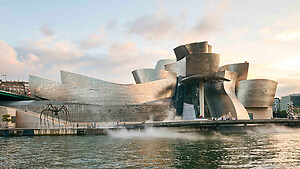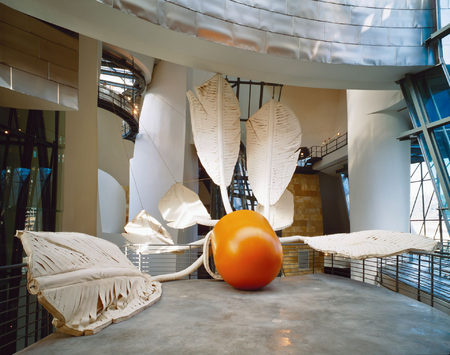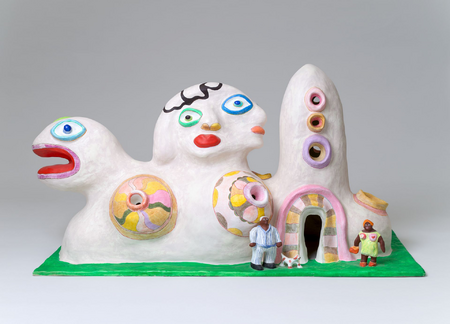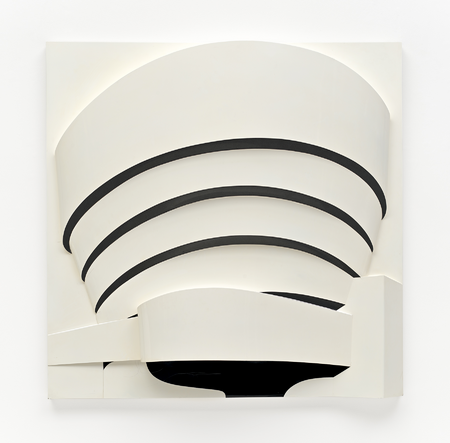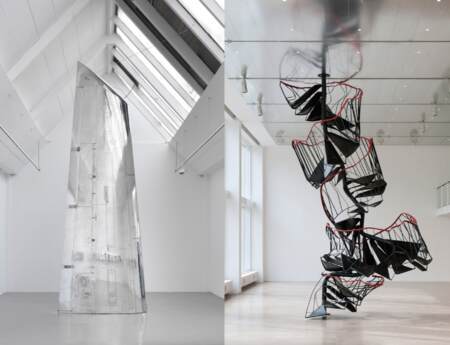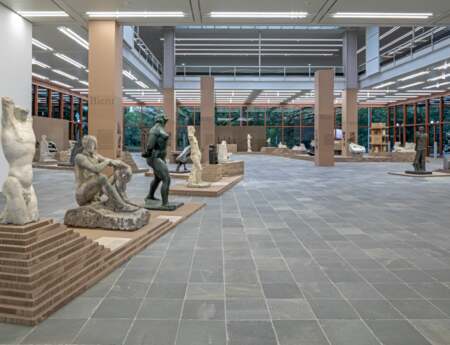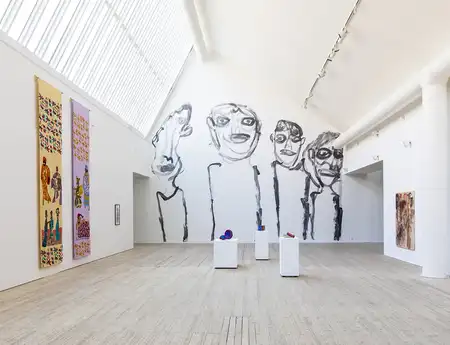Signs and Objects: Pop Art from the Guggenheim Collection
Emerging in England in the late 1950s, the pop movement took root in the United States after receiving the support of critics such as Lawrence Alloway, a British writer and curator, who in 1958 coined the term "Pop art" and in 1963 organized the pioneering exhibition Six Painters and the Object, held at the Guggenheim Museum in New York. The title that he initially considered giving to that exhibition, Signs and Objects, is precisely the expression now chosen for this selection of works from the Guggenheim Collections.
Driven by the economic vitality and incipient consumerism that prevailed in American society after World War II, artists such as Roy Lichtenstein, Claes Oldenburg, James Rosenquist, and Andy Warhol explored the visual language of popular culture—the term from which the name of this visual movement is derived—drawing inspiration from advertisements, newspapers, cheap publications, etc. billboards, movies, comic books, and storefronts. The detachment and cold, impersonal aspect of Pop Art was a direct attack on the revered tradition of "high art" and the emphasis on gesture or freer, more personal brushstroke that had been advocated by the Abstract Expressionists of the previous generation, such as Jackson Pollock and Willem de Kooning. The works in this exhibition, presided over and sometimes transformed by humour, wit and irony, can be interpreted as an unambiguous celebration of popular culture and at the same time as a scathing critique of it.
For further information see Signos y objetos: Arte Pop de la Colección Guggenheim | Guggenheim Bilbao Museoa (guggenheim-bilbao.eus)
